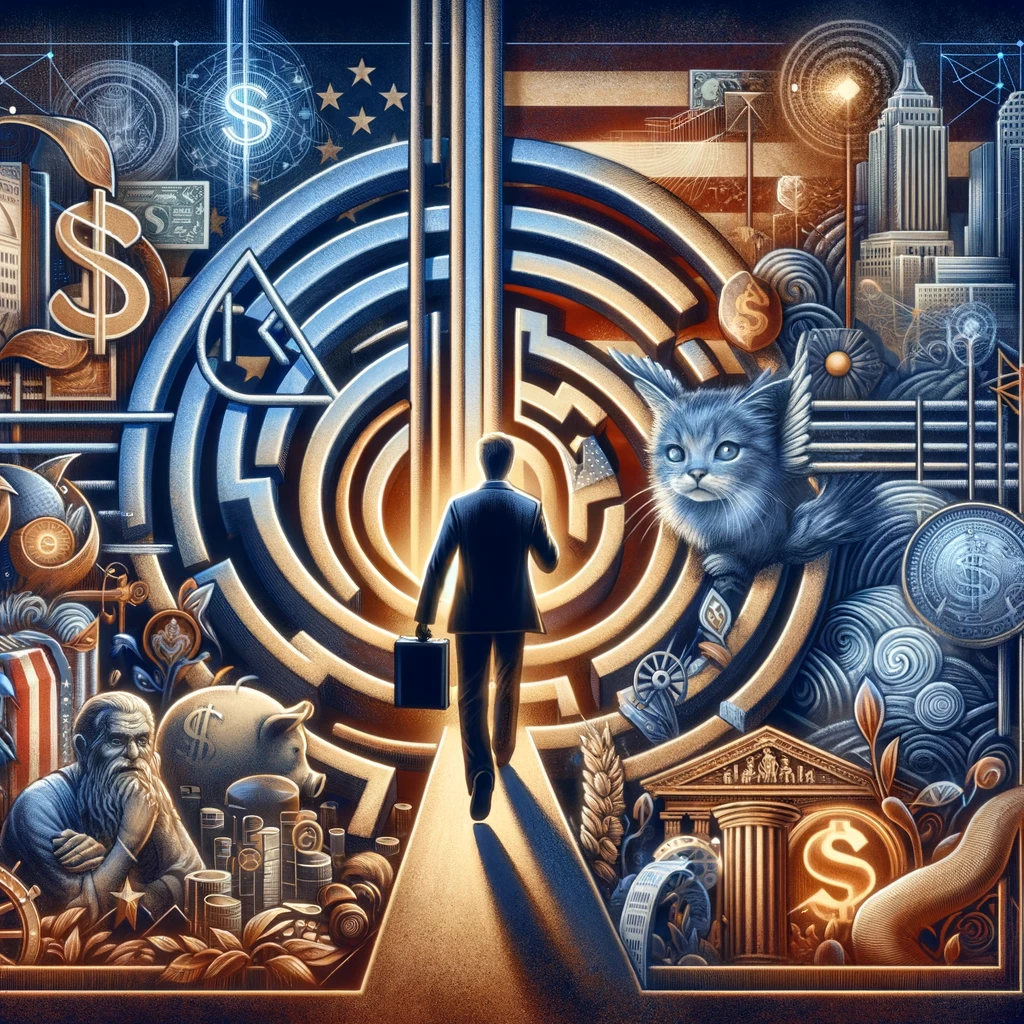As the dust settles on the latest economic forecasts and job reports, a narrative unfolds that challenges the doom and gloom often associated with the U.S. economy. Words like “stunning” and “speechless” have been bandied about by analysts and economists alike, reflecting their astonishment at January’s job report. The U.S. saw an addition of 353,000 jobs, shattering expectations and painting a picture of an economy with 1.4 jobs for every unemployed person, a ratio that would make historical norms blush with envy. This isn’t just a fleeting moment of success; it’s a testament to the resilience and strength of the labor market, arguably the most robust since the swinging ’60s.
But before anyone starts throwing confetti, it’s worth taking a moment to unpack what this means in the grand scheme of things, especially against the backdrop of current economic policies and their perceived impact.
Unveiling the U.S. Economic Paradox
In an era where pessimism seems to be the default setting for economic discourse, the current state of the U.S. economy offers a compelling counter-narrative. Despite expectations of an interest rate cut being dashed by the robust jobs report, the markets didn’t plummet; they actually ticked upwards. This anomaly suggests that perhaps the relationship between job growth, interest rates, and market performance is more nuanced than traditional wisdom would have us believe.
Critics searching for a chink in the armor might point to a slight decrease in hours worked, but even this can be attributed to January’s inclement weather rather than underlying economic weakness. This resilience is a feather in the cap for the Biden administration’s supply-side economic policies, which seem to be bearing fruit. Wage gains are comfortably outstripping inflation, corporate profits are on the rise, signaling sustained hiring potential, and consumer sentiment is finally catching up with the positive economic indicators. The term “vibecession” seems misplaced in the current climate, where, if anything, the vibes are surprisingly upbeat.
The Socio-Economic Chessboard
As attention shifts to the 2024 presidential campaign season, the battleground might move away from economic policy to more divisive social issues like migration, border control, and abortion rights. Immigration, in particular, presents a complex tableau. Despite Democratic misalignments with public sentiment in recent years, the GOP risks alienating voters by obstructing immigration legislation that promises enhanced border security and support for Ukraine. This political tug-of-war, with Trump at the helm, seeking to exploit border security for electoral gains, may ultimately backfire.
The abortion debate further exemplifies the dissonance between Republican policies and the public pulse, with a significant majority advocating for the legal right to abortion, a stance starkly opposed by recent Supreme Court decisions. This disconnect could potentially galvanize voters against candidates perceived as out of step with mainstream American values.
In a parallel economic universe, Minneapolis Federal Reserve President Neel Kashkari’s recent insights suggest that the current high-interest rate environment may not be as detrimental to growth as previously feared. This reevaluation of the “neutral” rate concept implies that the economy can withstand higher rates without derailing recovery, offering a fresh perspective on the Federal Reserve’s monetary policy stance. Kashkari’s observations, alongside Federal Reserve Chair Jerome Powell’s cautious stance on rate cuts, underscore a broader reassessment of the economic playbook in the post-pandemic world.
This recalibration of economic expectations, coupled with the ongoing debate around social policies, sets the stage for a dynamic interplay between economic prowess and social justice as the U.S. navigates the complexities of a rapidly evolving socio-economic landscape. As we venture deeper into this uncharted territory, the narrative that unfolds will undoubtedly challenge long-held assumptions, urging a reevaluation of the blame game that has long dominated discussions around the U.S. economy. In this context, the myth of a faltering economy is being systematically dismantled, revealing a more nuanced and resilient economic structure poised for growth and innovation.




